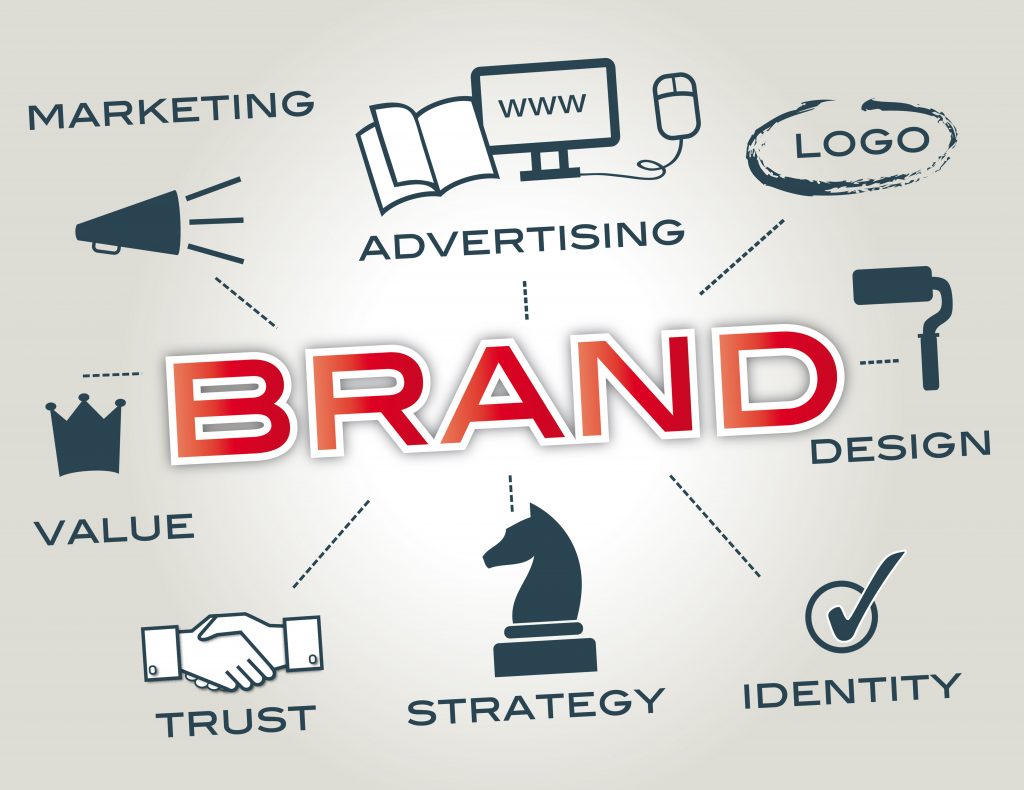
A key problem to pet model advertising effectiveness is how one can construct tangible uniqueness in a sea of sameness. Ironically, in an business preoccupied with product-centric messaging, the key to incremental share positive factors isn’t unlocked contained in the bag or can. Here we reveal insights to unleash what you are promoting and model from the hamster wheel of product specsmanship. What does that imply?
In the pet meals enterprise, there’s a predominant give attention to what we describe as “higher mousetrap” advertising – a repetitive formulation-to-formulation tug of battle round assertions of dietary superiority. It’s powerful to tug off differentiation in a class of comparable recipe, ingredient and packaging types that relegates distinctiveness to the margins.
Messaging similarities brand-to-brand comply with a well-known chorus of faithfulness to increased high quality, human grade protein substances; first 5 substances on the label sport; the protein share wars; uncooked is true; and ancestral weight loss program trope.
The rising contemporary pet meals class leans closely into stunning pictures of bowls laden with contemporary meals that appears remarkably just like the hen and potato hash you had for dinner final evening. The ingredient and preparation arm wrestling in right here is based on offering the very best weight loss program for our furry members of the family. Sounds good, besides that’s not why individuals purchase from you.
Pet manufacturers work to show superiority and worth with analytical arguments. The story is constructed round what model A or B has accomplished to deserve the pet dad and mom’ buy. It is all predicated on the belief that the proof arrayed on substances or formulation makes the model fascinating.
This is the other way up. The over emphasis of fact-based arguments in model communication is at odds with what we find out about human neuroscience and the way individuals assume, behave and make buy choices. The a part of our mind that governs the actions we take resides within the Limbic System, tied to our feelings, studying and reminiscence. Emotion and conduct are carefully linked – importantly, emotion informs conduct.
Brands that solely provide analytical, fact-based arguments try to drive a less-than-inspiring buy choice on the patron. In distinction, customers function reflexively 99 p.c of the time to keep away from perceived threat or disappointment, and as a substitute gravitate in the direction of manufacturers they belief.
Think of it within the context of remorse avoidance, resembling execs and cons of a rational argument: “Well, this could be the best choice? Not positive.” And, trust-based method knowledgeable by beliefs and inspiration: “I do know that is the best choice.”
What occurred there? Trust broke out.
Let’s take a minute to look at what belief is and the way it’s secured.
Trust shouldn’t be a guidelines
It is just more durable to make a case that your pet model is healthier primarily based on exterior, rational causes outlined as invaluable by the model. Trust can’t be achieved with lists of fact-based options and advantages.
Trust is a sense, not a rational expertise. What makes a model reliable is outlined by the patron – not the model. Think about it, belief normally emerges after we imagine an individual or group purposefully operates above self-gain. More particularly, fulfilling an obligation to make a high-quality product doesn’t in itself create belief. Trust can’t be invoked. It have to be earned. You earn belief by demonstrating and speaking that you just share related values and beliefs together with your shopper.
Which leads us to crucial advertising perception we are able to provide, one it is best to take into account in your future planning. People will purchase into your “why” earlier than they’ll hearken to “what” you do or “how” you do it. Most manufacturers deploying standard advertising methods are centered on the “what” and “how” narratives whereas probably the most significant, efficient story resides throughout the “why.”
Please take a minute to replicate on this. When a model clearly, constantly communicates their “why” – what the model believes – individuals lean into it as a result of they see that the manufacturers’ beliefs align with their very own. Consumers will go to nice lengths to incorporate manufacturers with a transparent “why” of their lives. What’s taking place right here shouldn’t be an analytical analysis of options. Your model perception system – your “why” – gives individuals with vital markers and alerts about shared values.
Pet dad and mom aren’t shopping for what you do, they’re shopping for why you do it. Data doesn’t impression conduct as a result of the a part of the mind that influences actions is centered round emotional response – the place belief and values reside.
We belief these with whom we share frequent beliefs. People need to be part of communities and organizations which can be like them.
Manipulation vs. Inspiration
When you lead together with your “why” you might be ready to encourage individuals to “be a part of” your model’s function.
In the absence of a powerful “why,” manufacturers resort to manipulation by means of “higher mousetrap” advertising centered on formulation, dietary options, advantages, value and added providers to enrobe the product in some type of differentiation. In pet meals these variations are finally much less distinctive.
The world’s most iconic instance of a “why” model is Apple. Transcendent manufacturers lead with their beliefs.
Apple invented a private laptop based on a brand new know-how known as Graphical User Interface. Was any shopper asking for this tech? No. Did this develop into the middle of their narrative? No. Apple believed this innovation would actually change the world. It would humanize computer systems and the Macintosh may then serve to allow studying, inspiration, communication, creativity, artistry – in brief it could change how we dwell. It did. The most well-known Super Bowl TV industrial ever, Apple’s “1984” dystopian homage to the tip of Big Blue, served to empower everybody with a world bending useful resource at their fingertips. The advert was an emotional tour de drive – and not using a point out of any spec or tech. Apple challenged the established order and impressed creativity. No. Small. Thing.
Apple has been main with its “why” as strategic platform ever since. The “what” you make and “how” you do it gives validation and verification of the rightness of a purchase order choice after it has occurred.
Guidance: time to work in your “why”
It’s one factor to attempt to enchantment to others primarily based on what you make. It’s completely one other when customers need to be a part of and belong to your function and neighborhood. You want readability round your “why.” Without that understanding it’s not possible for the surface world to understand something greater than what your organization does.
Robert Wheatley is the CEO of Chicago-based Emergent, The Healthy Living Agency. Emergent might help pet manufacturers erase ineffective self-promotion and exchange it with readability and deeper that means of their pet father or mother relationships and model communication.
https://www.petage.com/create-marketing-that-people-want-not-that-they-ignore/




